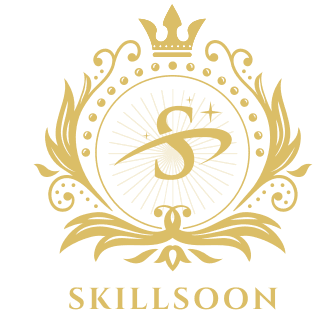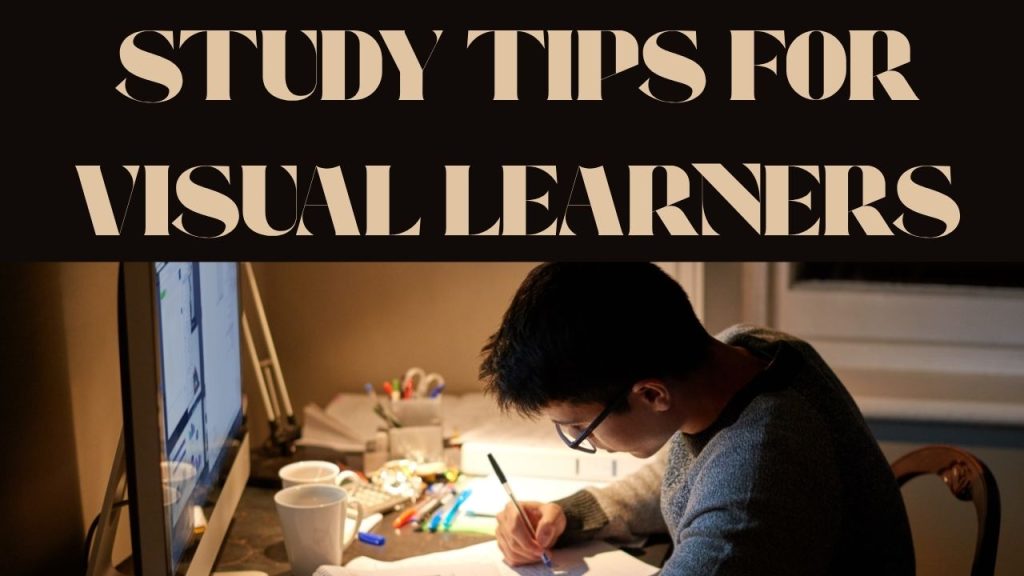Unlock your full learning potential with 7 powerful study tips for visual learners. Learn smarter using colors, diagrams, videos, and more!
Study Tips for Visual Learners
Are you the kind of person who remembers faces but forgets names? Do diagrams, charts, and colorful notes stick in your mind way better than long paragraphs of text? If you said yes, chances are you’re a visual learner. And you’re not alone—many people learn best by seeing and visualizing information.
But here’s the catch: most traditional studying techniques are designed for auditory or reading/writing learners. That’s why it can feel frustrating trying to keep up if you’re not using the right techniques for your learning style.
Don’t worry—this article is your personal guide to supercharging your study sessions with tips that actually align with the way your brain works. Let’s dive into the world of visual learning!
What Is a Visual Learner?

Let’s begin with the fundamentals. A person who learns best by visual clues, such as diagrams, images, colors, and spatial awareness, is known as a visual learner. You might find it easier to grasp a concept when it’s shown in a graph or infographic rather than explained in plain text.
Some signs you might be a visual learner:
- You enjoy doodling or drawing ideas.
- You remember faces more easily than names.
- You prefer instructions with illustrations.
- You find color-coded notes more appealing.
- You think in pictures.
Sound familiar? Then keep reading, because the following tips are made just for you.
1. Use Color-Coded Notes
This is a game-changer. Color helps your brain organize and retain information more efficiently. When you’re reviewing notes, you’ll quickly associate certain colors with specific topics.
How to do it:
- Use different highlighters for key terms, definitions, examples, and formulas.
- Stick with a consistent color scheme. For example:
- Blue = Definitions
- Green = Examples
- Red = Important Points
- Use colored sticky notes for quick reminders or difficult topics.
The visual impact of this will make your notes more exciting—and way easier to scan and memorize.
2. Turn Information Into Diagrams
Visual learners thrive on structure and images. Why not take boring chunks of text and turn them into mind maps, flowcharts, or timelines?
Try these tools:
- Mind maps: Great for brainstorming or organizing complex concepts.
- Flowcharts: Perfect for understanding processes or sequences (like how blood circulates or how laws are passed).
- Timelines: A lifesaver for history or literature students trying to remember events in order.
Even if you’re not an artist, simple shapes, arrows, and lines will do the trick. The key is to represent relationships between ideas visually.
3. Use Visual Study Aids
Flashcards, posters, graphic organizers—you name it! If it involves pictures or visual organization, it’s your best friend.
Smart ideas:
- Flashcards with images on one side and the word/concept on the other.
- Infographics from textbooks or educational websites.
- Create poster boards summarizing complex chapters and hang them on your wall.
Bonus tip: apps like Quizlet or Anki allow you to create digital flashcards with pictures—super helpful for subjects like biology or geography.
4. Watch Videos and Tutorials

Yes, you can study with YouTube. Watching educational videos taps right into your visual learning style.
What to watch:
- Animated explainer videos (like from CrashCourse, Khan Academy, or TED-Ed).
- Demonstrations (great for science experiments or math techniques).
- Short documentaries (ideal for subjects like history, economics, or literature).
Pro tip: Watch with subtitles on so you’re reinforcing the information both visually and linguistically.
5. Doodle While You Study
Believe it or not, doodling isn’t a distraction—for visual learners, it can actually boost concentration and retention.
Try sketching:
- Mini drawings of key concepts.
- Flowy arrows between ideas.
- Tiny characters representing different theories or authors.
Even something silly or random can help your brain create connections. It’s not about being a great artist—it’s about engaging your mind through pictures.
6. Take Picture Notes
Here’s a quirky but effective hack: instead of just writing everything down, take photos of important diagrams or chalkboard notes.
Then, go one step further:
- Organize these pictures into digital folders by subject.
- Use apps like Notion, Evernote, or Google Keep to categorize and annotate them.
- Set them as your phone wallpaper for passive review throughout the day.
It’s like having your own personalized visual textbook!
7. Study with Visual Learners (or Teach One)
You know what they say—teaching is the best way to learn. Try studying with fellow visual learners and challenge each other to create:
- Whiteboard sessions.
- Illustrated concept sheets.
- Colorful flashcard games.
If you’re studying solo, imagine you’re teaching an imaginary student. Create a visual “lesson plan” on a board or paper. You’ll be surprised how much this boosts your understanding.
8. Create a Visual Study Schedule
Visual learners love to see the big picture. That’s why a calendar or visual planner is a must.
Here’s how to make it work:
- Use a large wall calendar or digital planner like Trello or Notion.
- Assign colors to subjects or tasks.
- Use icons or drawings for different kinds of tasks (🧠 for review, ✍️ for essay writing, 🎯 for goals).
When your study life is organized visually, it reduces stress and improves focus.
9. Pair Audio with Visuals
Okay, you’re not naturally an auditory learner, but you can enhance your visuals with audio for a double punch.
Examples:
- Watch videos with both narration and animation.
- Listen to podcasts while drawing diagrams.
- Read aloud while you’re reviewing your color-coded notes.
This creates multi-sensory learning—great for reinforcing those tricky topics.
Learn effective strategies to manage your time, boost productivity.
10. Review Visually Before Bed

Did you know your brain processes and stores new information while you sleep? So if you review visually right before hitting the hay, you’ll help that info stick.
Try this bedtime routine:
- Review flashcards or colorful notes.
- Scroll through your mind maps or diagrams.
- Watch a short 5-minute review video.
Trust me, this habit can make a huge difference in long-term memory.
Bonus: What to Avoid as a Visual Learner
While all learners are different, here are a few things that might not work so well for you:
- Long blocks of unbroken text (try breaking them into bullet points or visuals).
- Audio-only content (unless paired with visuals).
- Rote memorization with no diagrams or spatial references.
Know your weaknesses so you can adapt your study plan accordingly.
Final Thoughts
Studying doesn’t have to be a drag. If you’re a visual learner, the key is to turn your study materials into something your eyes and brain actually enjoy. Make things colorful, visual, structured, and engaging.
Remember, your brain is unique, and so is the way you learn. By tailoring your study methods to match your learning style, you’re not just memorizing—you’re understanding, retaining, and thriving.
So grab those markers, open your favorite diagram-making app, and turn your notes into masterpieces. You’ve got this!
FAQs: Study Tips for Visual Learners
Q: Can visual learners succeed in a traditional classroom?
A: Absolutely! You just need to supplement lectures and reading with visual tools like diagrams, notes, and videos.
Q: Are flashcards effective for visual learners?
A: Yes! Especially if they’re colorful and include images or diagrams. Digital flashcards with visuals work great too.
Q: What’s the best subject for visual learners?
A: Subjects with lots of diagrams like biology, geography, and art may come more naturally, but with the right techniques, visual learners can master any subject.
Q: Should visual learners avoid audiobooks?
A: Not necessarily. Just pair them with visuals—take notes or doodle while listening.




